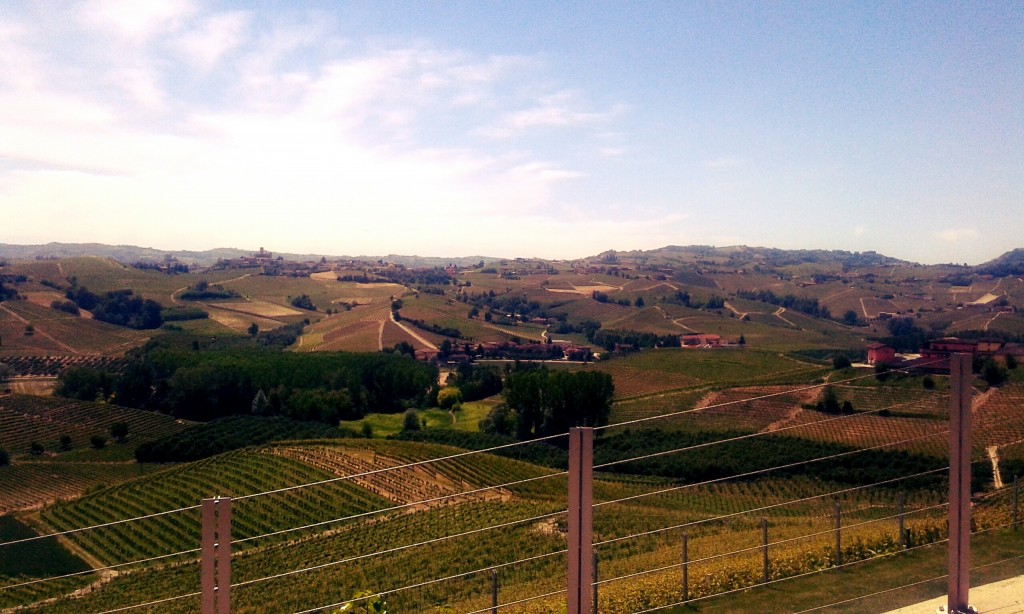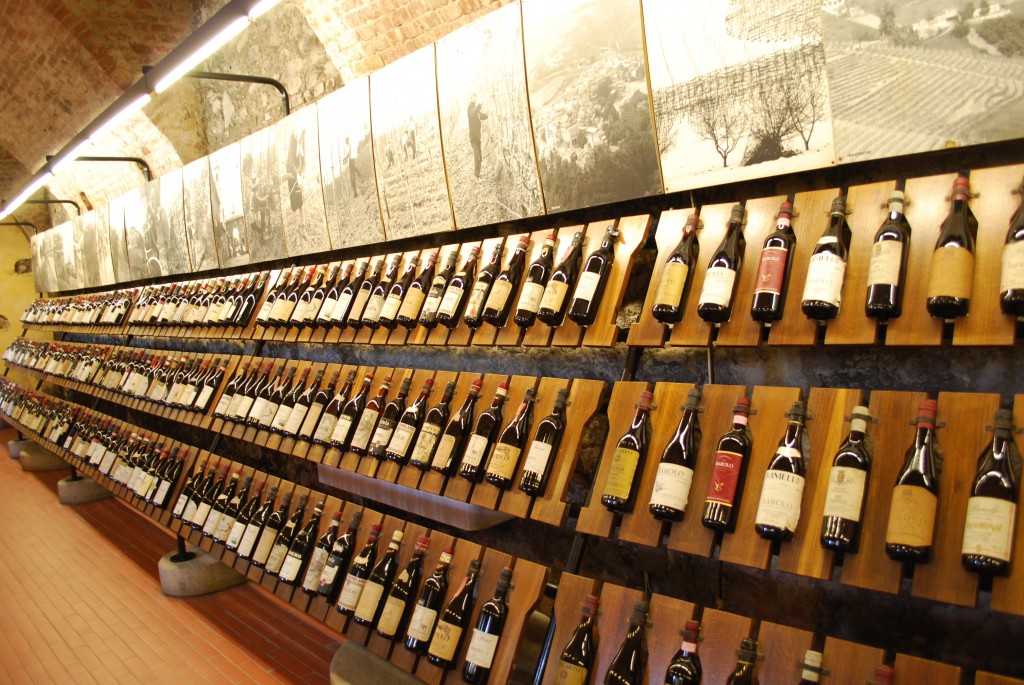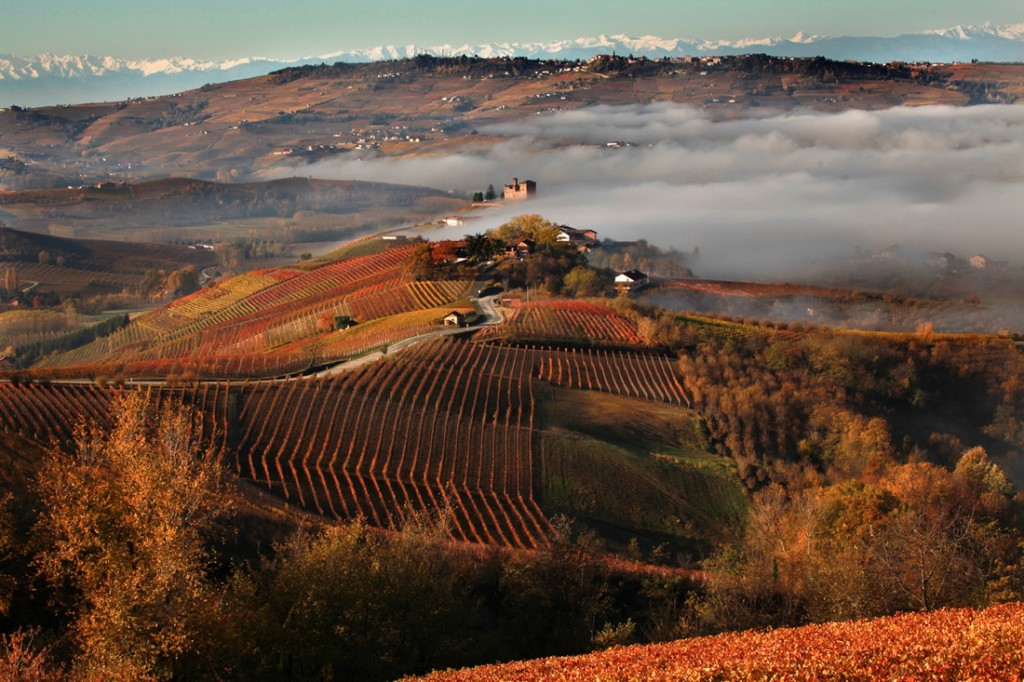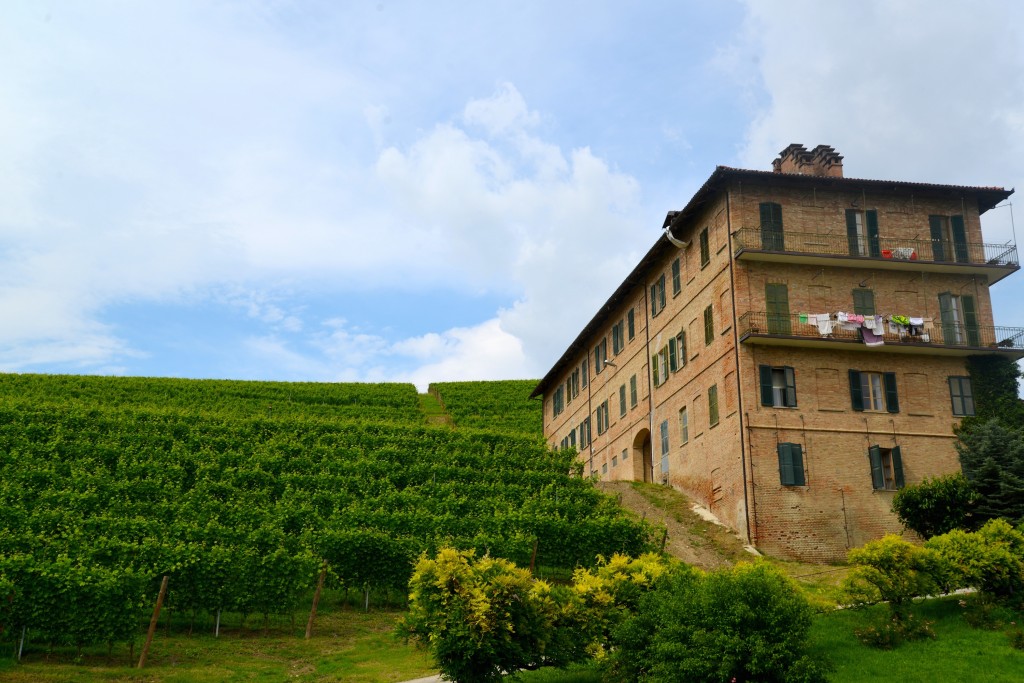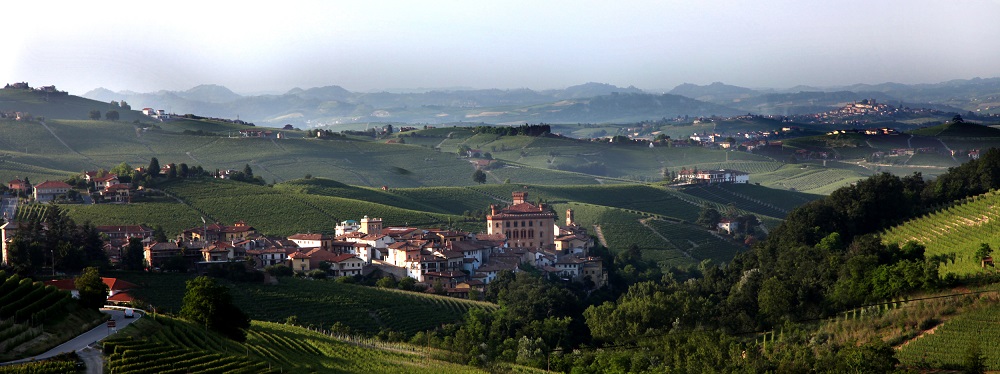With great power, comes great responsibility
It’s a just reward for the winegrowers who have preserved the Barolo and Barbaresco hills, skillfully cultivating their vineyards with respect for tradition and old farming skills when the heart of Piedmont became one of the newest United Nations Educational, Scientific and Cultural Organization World Heritage List sites.
Barolo, Barbaresco, and some of their companions in the Langhe hills have just been designated a World Heritage Site by the UNESCO Standing Committee, meeting this year in Qatar, where we bet Commission members are wishing vainly that they could drink some the juice they’ve just honored. For them, the UNESCO recognition is a stimulus to keep on doing our job well with an even greater responsibility to pass to their children the marvelous land that their fathers handed down to them.
Officially called “The Vineyard Landscape of Piedmont: Langhe-Roero and Monferrato,” the area received cultural landscape recognition for its combination of natural and man-made significance. An association founded by the four provinces and the Piedmont region was created to manage the site and coordinate all the activities. An additional 75 municipalities have since joined the association since its inception.
All are regarded by UNESCO as “a cultural landscape,” because their present appearance results from, as the official announcement rather stuffily puts it, a unique, historic interaction of nature and human endeavor. Most wine lovers would readily agree that that assessment is as true of the wines made there as it is of the fields from which they flow.
Experiences from other UNESCO areas tell of an increase in tourism of about 30 percent in the first five years. Certainly there will be very specific constraints, but rather than affect it will in fact give value to the viticulture. This recognition will further encourage responsibility among the producers of grapes and wine to act as main custodians of the territory.
With this year’s 26 additions, there are now 1,007 UNESCO World Heritage Sites, from 161 countries around the world. UNESCO encourages the identification, protection and preservation of cultural and natural heritage. Italy’s 49 sites are the most of any country. To be chosen, an area must demonstrate a natural significance so outstanding to overcome national boundaries and to be of common importance for present and future generations.
As vine pollen has been found in the area dating from the 5th Century BC, it added that Piedmont was seen as one of the best vine growing areas in Italy during the Roman Empire. And after being announced as UNESCO World Heritage Site, the producers should take their responsibility to change the vineyards to be more environmental friendly and aiming for more organic status.
And the fellow wine regions, Champagne and Burgundy proposed for World Heritage status by the French government. A decision is expected in 2015. So good luck fellows! Ciao!



 0
0